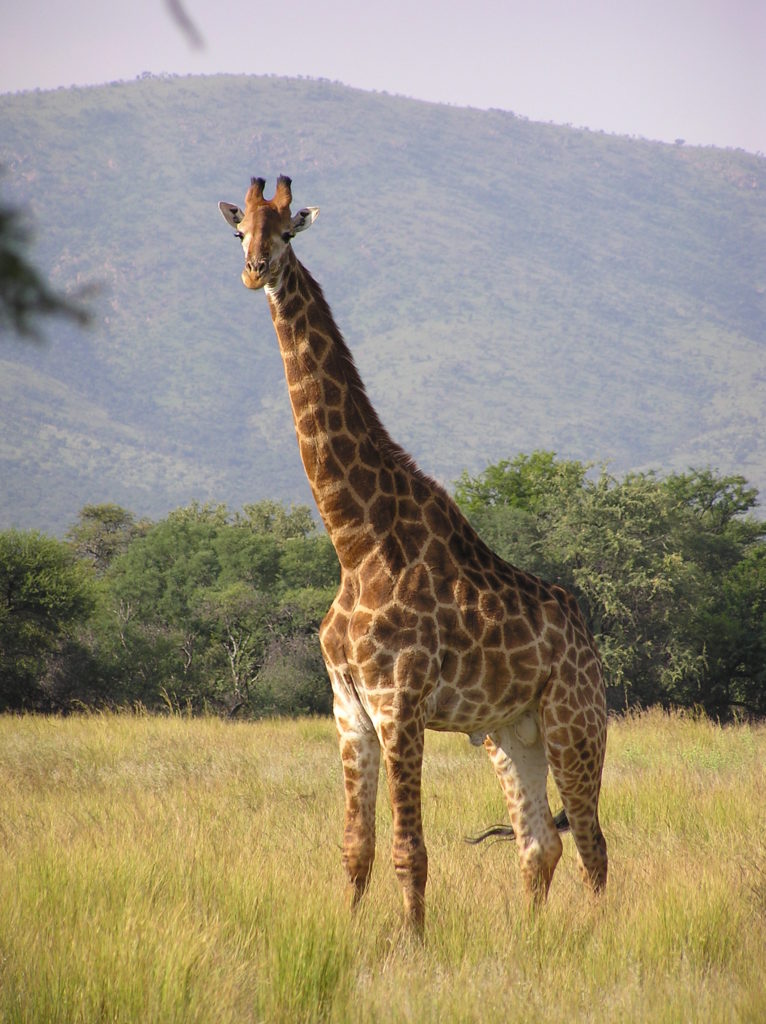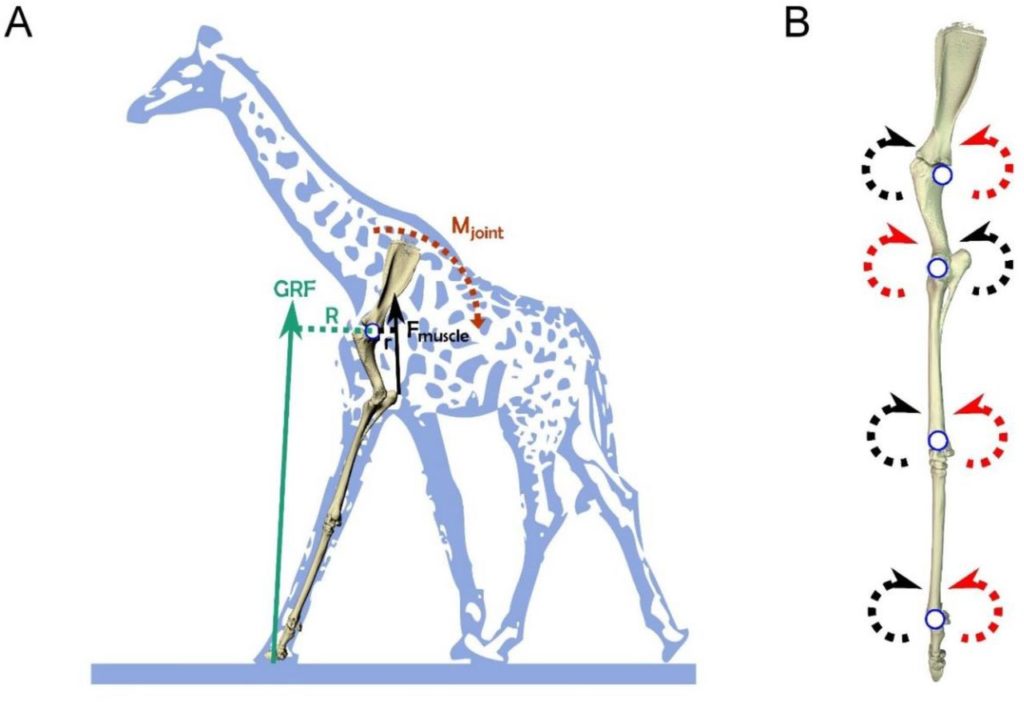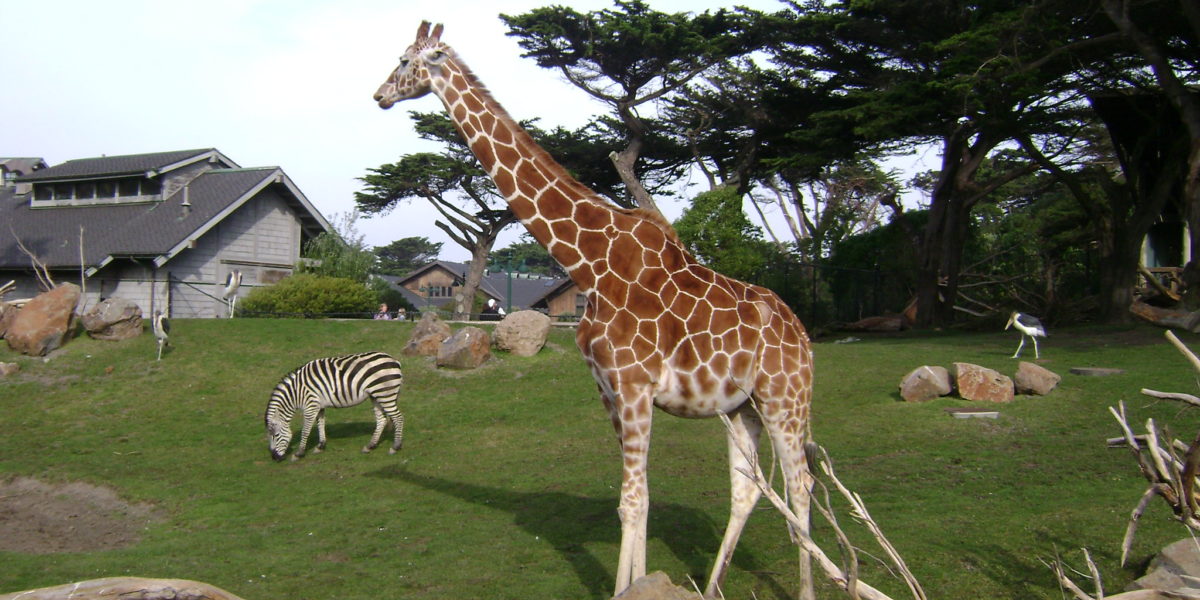Seeing a giraffe for the first time, one is amazed by their long necks and long legs, but do you ever wonder how their long skinny legs can support their large body mass as they move about? Studies have shown that a giraffe’s legs undergo a large ground reaction force when walking freely and an even larger ground reaction force when moving at a faster speed than walking.

Ground Reaction Forces of a Giraffe
From a physics standpoint, a ground reaction force is the force exerted from the ground to the body that it is in contact with. For example, when we walk down a sidewalk, there is a force applied from our foot to the sidewalk and the sidewalk exerts a ground reaction force to our foot. Looking at a giraffe’s motion, one can see that they do not move at very high speeds. Due to their long and skinny legs, a giraffe’s leg has to produce 3 units of force in order to oppose the 1 unit of ground force. By looking at a giraffe, we can see that their shoulders aren’t exactly aligned with the bottom of their feet. Their shoulders are at quite a distance from the ground and are moved horizontally away from the center of the foot. This anatomical characteristic allows for giraffes to have a greater ground reaction force compared to other tall animals. With a greater ground reaction force, there comes a lower effective mechanical advantage for their limbs.
Effective Mechanical Advantage for Giraffes
Effective mechanical advantage is the ratio of between the internal moment of arm of a muscle at a certain joint and the external moment arm of the ground force about that joint. To better explain, an effective mechanical advantage is how well that specific joint can resist gravity. Through this study, it was discovered that giraffes have a low effective mechanical advantage for a mammal of their body mass. This is due to their large ground reaction forces, which is caused by their long limbs and large distance from the ground to their shoulder. In many large animals, the large ground reaction forces can be counteracted by large muscle moments. However, giraffes can’t do this because the muscles in their major muscle groups are quite large compared to other large animals.

The results of this study tells us that a giraffe’s height isn’t advantageous when it comes to their locomotion. In terms of people, we think of tall individuals as advantageous for things such as athletics and reach. A giraffe’s height does allow them to reach high in the trees for their primary food source, but when it comes to locomotion, it is the opposite. Their long limbs and extravagante height creates large ground reactive forces and low effective mechanical advantage, giving them a limit to their speed and athleticism.
Featured image “Giraffe” by jrobertmoore is licensed under CC BY 2.0.
